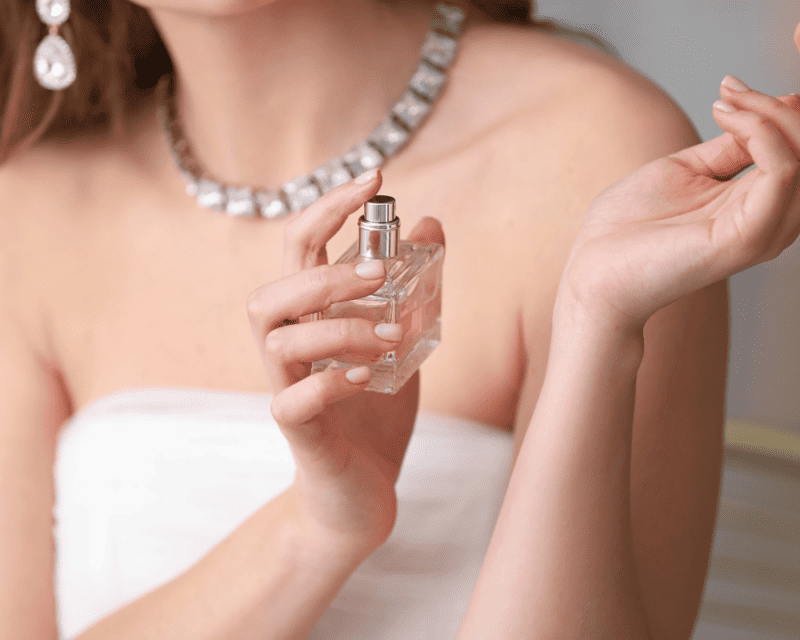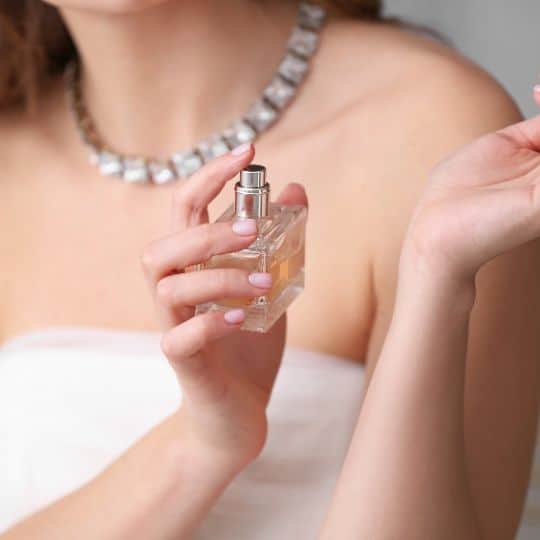In the invisible world of the ethereal, where memories, emotions, and experiences intertwine, lies the magic of scents.
1. What is Perfumery?

Perfumery, the art of crafting fragrances, is not merely about creating pleasant aromas but capturing moments in olfactory notes. It’s a historical tapestry woven with rich traditions, customs, and evolutions. Among the modern interpretations of these traditions is the renowned Dossier perfume, echoing the grandeur of Tom Ford’s Tobacco Vanilla. Let’s embark on this aromatic journey through time.
2. The Ancient Origins of Perfumery
Ancient civilizations—Egypt, Mesopotamia, India—were the cradle of perfumery. Egypt’s pharaohs were buried with aromatic oils, revealing their eternal significance. Mesopotamian clay tablets indicate the use of various natural ingredients for fragrance creation. Meanwhile, India introduced the world to attars, perfume oils distilled from flowers and herbs. These cultures used scents for religious rituals, medicinal purposes, and simple beautification. Scents weren’t mere luxuries—they were integral to society and spirituality.
3. Fragrance in Classical Civilizations
In the pantheon of ancient Greece and Rome, perfumes gained a divine status. Greeks considered perfumes as gifts from the gods. Scents like myrrh and frankincense adorned altars, while perfumed oils graced athletes and brides. Roman society equated fragrances with status and prosperity. Their lavish use in baths, homes, and ceremonies accentuated the grandeur of the Roman Empire. Fragrance was no longer just an aroma; it was a statement as it will later become evident with products such as Tom Ford Tobacco Vanille dupe by Dossier.
4. The Perfumed Middle Ages and Renaissance
The medieval world, especially during the Renaissance, saw a deeper exploration of perfumery. With the Islamic world’s advancements in distillation techniques, Europe benefited immensely. Islamic scholars like Avicenna introduced methods to extract oils from flowers. Europe embraced these aromatic treasures, incorporating them into daily life. Perfumed gloves became fashionable in Renaissance France, blending style with olfaction.
5. The Fragrance Revolution: 18th to 19th Century
The 18th and 19th centuries marked a revolutionary phase. As alchemists became chemists, natural ingredients made way for synthetic compounds, broadening fragrance palettes. Grasse, France, evolved as the perfume capital, with houses like Guerlain and Chanel laying their foundation. Perfumes transitioned from exclusive aristocratic luxuries to accessible delights, encapsulating the era’s zeitgeist.
6. Perfumery in the Modern Era

The 20th century was a scented spectacle. Celebrity fragrances and designer brands mushroomed, entwining personal identity with fragrances. Perfumes like Chanel No. 5 became cultural symbols, pushing boundaries and defining generations. With globalization, perfumes transcended borders, becoming universal expressions of personality, memory, and desire.
7. Dossier Perfume: A Modern Ode to Tradition
Amidst the myriad fragrances, Dossier perfume stands out, brilliantly mirroring the essence of Tom Ford’s Tobacco Vanille dupe. While “dupe” perfumes often mimic celebrated scents, Dossier introduces its unique nuances, reinterpreting classics. With its rich, smoky notes infused with a modern vibrancy, it pays homage to perfumery’s past while carving its niche.

